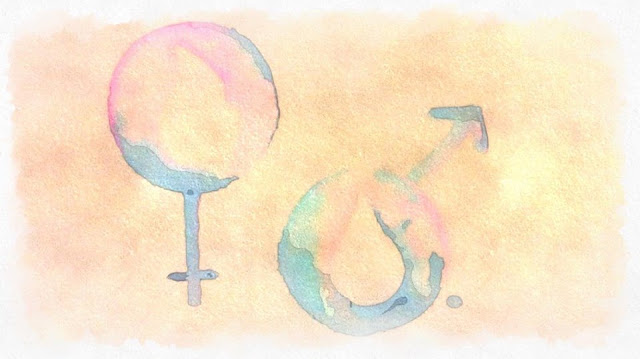'No more hopscotch': Gender equity, sanitation and girl's education.

“Periods shouldn't come in the way of us achieving our dreams. I don’t think any girl should miss a school day because she is a girl.” – Melal, 15, Ethiopia (Water Aid) In this context menstruation is usually positioned in a water, sanitation and hygiene and highlights the interdependence between sanitation, gender equity and education. As , the la te, UN Secretary General, Kofi Annan said, "there is no tool for development more effective than the education of girls" ( UN, 2006 ) and without adequate toilet facilities, menstruation creates another gender disparity in education access ( Jewitt and Ryley, 2014 ). 'No more hopscotch' , the title of this blog, is one of the first things a young northern Tanzanian women, in an interview in Sommer's 2012 study, said she missed about girlhood and school. One of the main markers for leaving girlhood and entering adulthood is menstruation. There are many social, cultural and physical implications of be...







